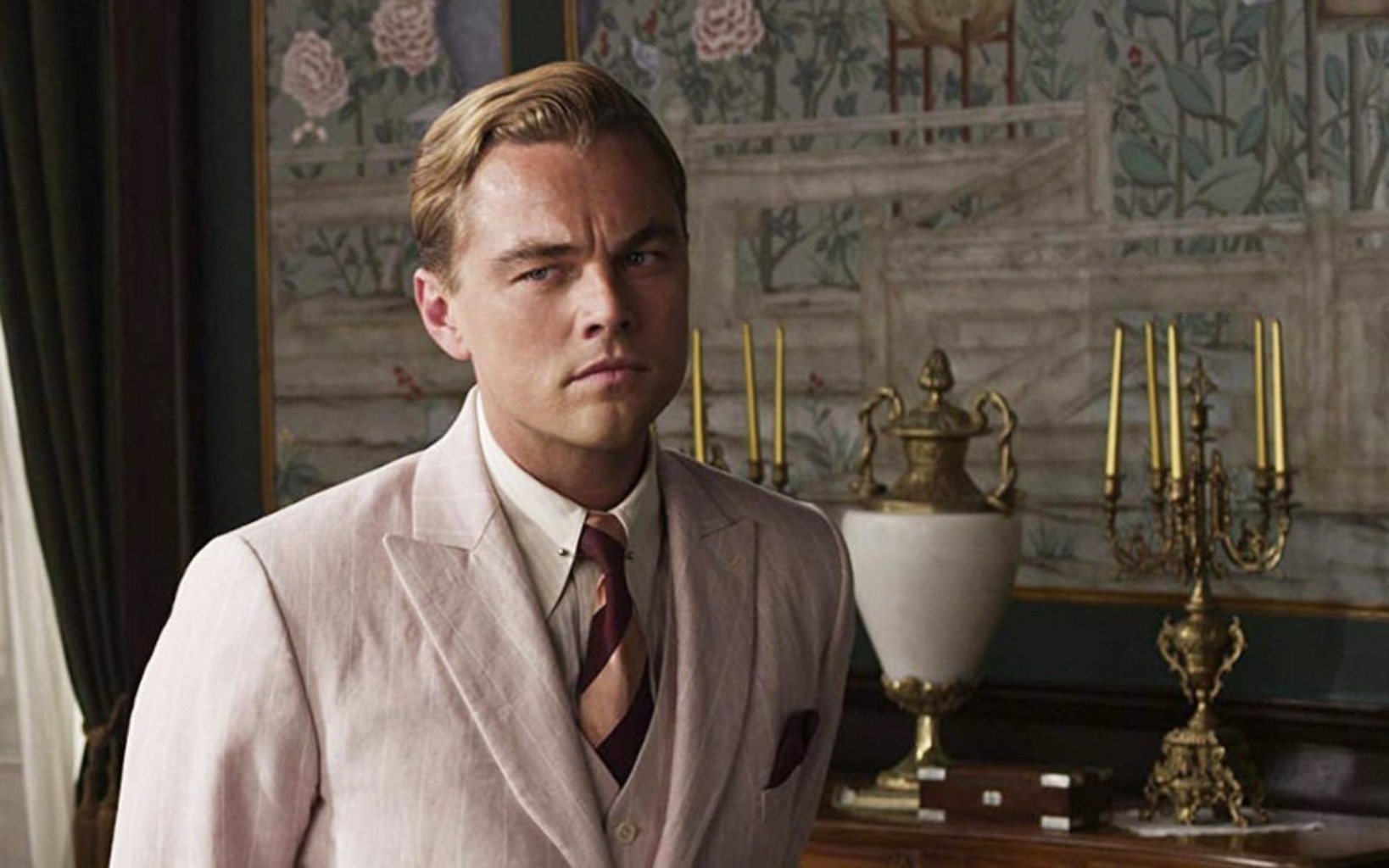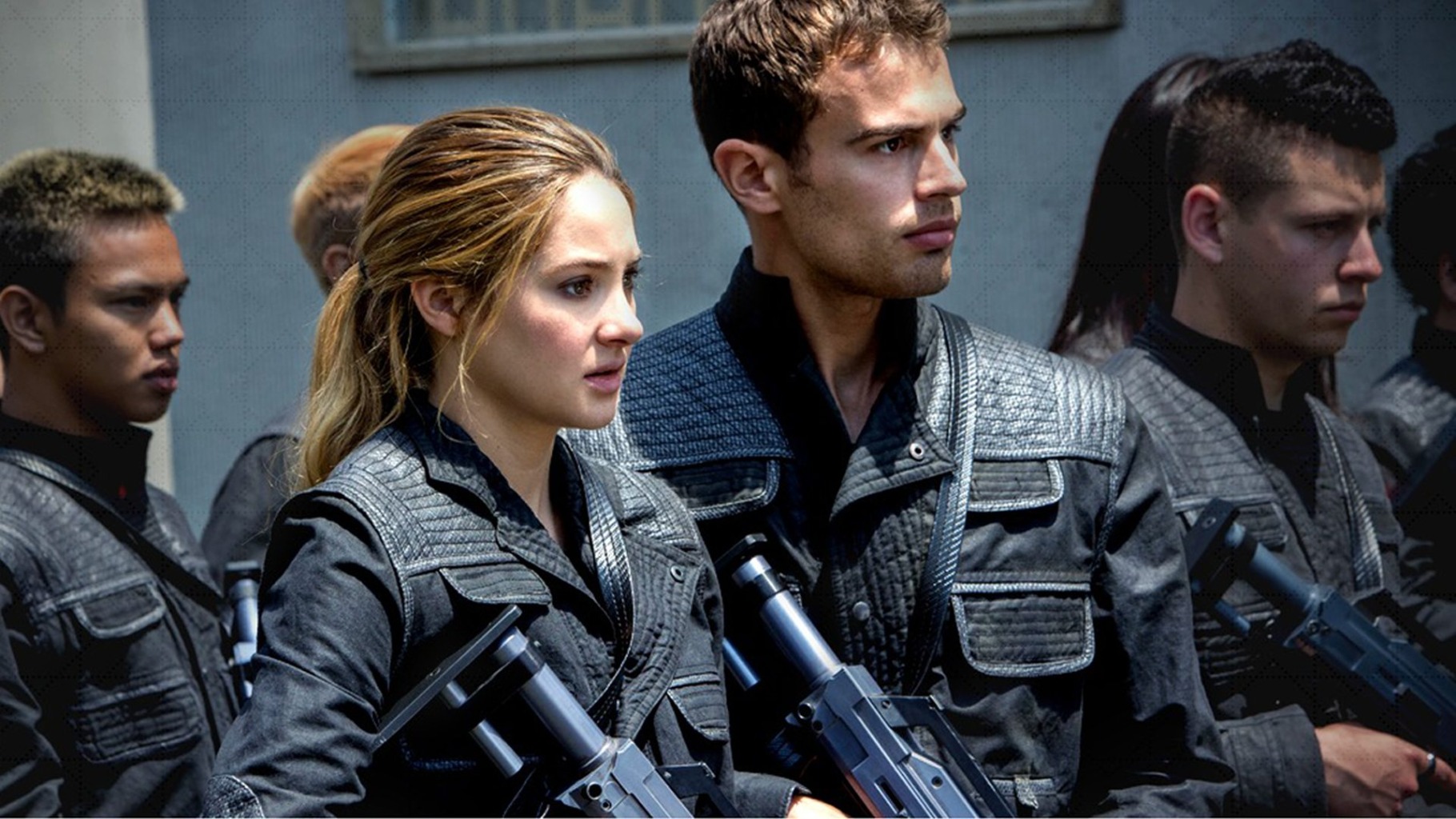Many moviegoers laughed when Bella Swan, Twilight’s female lead, stared into (what seemed like) blank space. Or worse, casted dramatic and longing glances at her co-stars. The problem was, half the theater had never read the book and couldn’t know what she was thinking.
Inner monologue, or thoughts, is one of many things that can get lost in translation from pages to pixels. Granted, some things are gained or enhanced when your favorite paperback hits the big screen, but we advocate for always reading the book before watching the movie. Here’s why.
Reasoning, Thinking, Deliberating
There’s always the voice-over option—a running monologue that gives the audience access to the character’s thoughts. Yet, in the world of film, voice-overs are largely hit or miss.
- Hit: Fight Club, The Royal Tenenbaums, and, of course, Stranger than Fiction
- Miss: I, Frankenstein, The Lone Ranger, and I hate to say it, but, The Great Gatsby (2013)
Selecting the right lines from an American classic and layering them atop a Hollywood star’s pensive expression is a tricky business. The words need to be right, the timing needs to be perfect, the visual sequence needs to be relevant, and above all the voice-over must be completely necessary.
Even following the perfect formula, voice-overs can feel a bit off and make the whole film laughable. With such a fine line between epic and cringey, it’s clear to see why so many films sidestep voice-overs.

The truth is, some things just don’t translate well into film, and thought is one of them. Even the most nuanced, skilled actors can only communicate so much with a side smile, furrowed brow, or hunched shoulders. And, what’s more, movies’ tight two-hour time crunch doesn’t encourage much deliberation.
Film crews focus on the visual and audible elements: detailed settings, costume design, accents and dialects, action scenes, and emotional encounters. And obviously, thinking is typically internal, invisible, and silent, and therefore nearly impossible to portray.
To get a full sense of what’s ‘going on’ in a film adaptation and to peel back the curtain on a character’s motivation, reasoning, or strategizing, you’ll want to read the book first. (“Oh! That’s why Gatsby threw silk shirts over his balcony.”)
Context and Character Development
Movie makers seem to love a good flashback. Perhaps that’s because it’s one of the few ways to provide context, other than a character telling a story from their childhood or Star Wars-style introductory rolling text.
The circumstances surrounding and building up to an event are what make it so epic, tragic, jaw-dropping, or joyful. (Divergent reference: If we don’t have a good understanding of Tris’s life in Abnegation, why would we be startled by her choice to join Dauntless?) Books are a far superior medium for providing context than movies, as authors have unending pages to share their tale, whereas directors have a 120-minute slot.

In the first Harry Potter movie, the titular character is a little pip squeak who’s never held a wand, but by the last he’s (spoiler alert) defeating a certain noseless villain. Movies, especially in series, are capable of showing character development. Yet, there’s more to Harry Potter’s coming-of-age than the film adaptations can capture.
J.K. Rowling allows us to see how even her protagonist’s decision-making process matures over his years at Hogwarts. The movies can show that the characters grow in courage (i.e. choosing to hop on a broomstick), but the books do a much better job of explaining why (to protect a friend).

But They Missed the Best Part!
I couldn’t believe that The Return of the King casually glossed over the (spoiler alert) hobbit rebellion! Who wouldn’t want to see one final smackdown in the shire with hundreds of munchkins shuffling to and fro with pitchforks and torches? I felt cheated when the credits appeared and I had yet to see the tiny townspeople barricading the streets.
Why was this missing?!
Possibly because movies must abide by something called a budget. Certain sequences like fancy weddings, epic battles, dreams, and other parts of the book that we loved, do not fit within the budget.
While writers can create any world they can think up (and only have to pay for printer ink and a WiFi router), Hollywood must actually handle the logistics of Mary Poppins’ flying umbrella. Unfortunately, this sometimes means that we don’t get to see the things we had so much fun envisioning while reading.
Our Final Plea
In the coming years, we’re going to see a continued increase in books to movie adaptations. This is likely because “the movie adaptations of books gross 44% more at the U.K. box office and a full 53% more worldwide than those based on original screenplays,” according to an article in The Times of India.
So now is our chance to fire up the kettle, put on our favorite sweatpants, and read more! Here are 17 book to movie adaptations coming out this year.
Next time you enter the theater (or click ‘watch now’ on Amazon Prime), you can have extra confidence and excitement knowing that you won’t be missing anything. If you read the book first, you’ll have the full insight into the characters’ thoughts and development and a greater picture of the story.